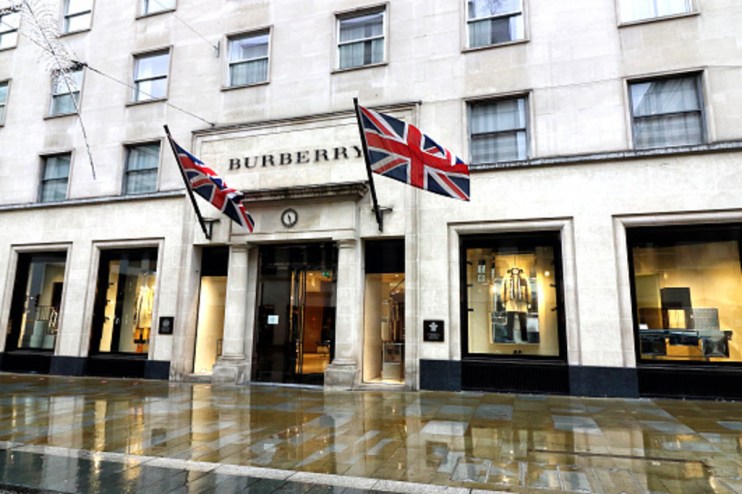Burberry’s fall out of the FTSE 100 is about much more than a challenging market

Burberry is set to drop out of the FTSE 100 in its quarterly reshuffle, which will be based on market caps as of 2 September.
It’s an unfortunate if not surprising turn of events for the UK’s only luxury fashion brand, which has seen its share price drop nearly 75 per cent in the last 16 months.
Both shoppers and investors seem to have shunned the retailer, which has attributed its own decline to a “challenging macroeconomic environment” and the unfriendly effect of London’s ‘tourist tax’.
It’s true that luxury retailers across the board have had a hard time in the last year or two, with a slowdown in China and a cost-of-living crisis in Western countries leading to a slump in demand.
But a not-insignificant chunk of Burberry’s problems are self-made.
Even Kering, which announced an absolutely dismal set of results for the first half of 2024, has only seen its share price drop around 50 per cent in the last 16 months.
What went wrong with Burberry?
Burberry has grappled with an uncertain brand identity as a succession of new leaders have brought a different vision to the brand, causing investors to lose confidence.
Marco Gobbetti, who took the reins as CEO in July 2017, played a pivotal role in stabilising the company.
But in 2021 he surprised investors when he left the business and was followed by CFO Riccardo Tisci and COO Julie Brown.
Jonathan Akeyord became CEO in 2021, with Joshua Schulman the latest to take the reigns this year.
The company has also struggled to strike a balance between its heritage as a quintessentially British luxury brand and the need to appeal to a younger, more global audience.
There has been inconsistency in design and marketing and an unpopular departure from its iconic camel, red, and black check pattern.
Plus, price hikes during the pandemic-era luxury boom haven’t sat well with the aspirational consumers Burberry needs to court to survive, and a foray into the ultra-competitive leather market yielded poor results.
It doesn’t help that it’s difficult for a luxury brand to drop prices after a hike for fear of losing their premium and difficult-to-attain cache.
It all paints a picture of a brand that seems to have lost its way—and investors think so, too.
Out of the trenches
This isn’t the first time Burberry has had to pull itself out of the trenches.
In the 2000s, it faced the twin challenges of branding issues and a proliferation of fake items, which ultimately led to a complete rebranding of the company.
Industry Strategy Director for Fashion at Infor Ana Friedlander said the brand still has long-term potential.
“The efforts to refine product offerings and streamline operations could pave the way for a robust recovery, positioning the company to capitalise on any improved market conditions,” she said.
“The competition from other luxury brands is fierce, so Burberry will need to innovate and adapt to maintain its position. Successful executions of new strategies and a rebound in consumer demand could pave the way for a positive turnaround,” she added.
However, analyst forecasts predict the company’s revenue will fall five per cent to £2.7bn in its 2025 financial year.
The brand’s comparable retail sales are expected to drop by 15 per cent in the first three months of the year, which will level out to a decline of three per cent by the end of 2025.
“While Burberry’s doing a lot of things right behind the scenes, like investing in products and distribution and even refreshing the management team, its short-term picture remains fraught with real challenges and uncertainty,” Aarin Chiekrie, equity analyst at Hargreaves Lansdown, said.
“It could be a while yet before sentiment swings and Burberry begins to bloom again,” Chiekrie noted.
